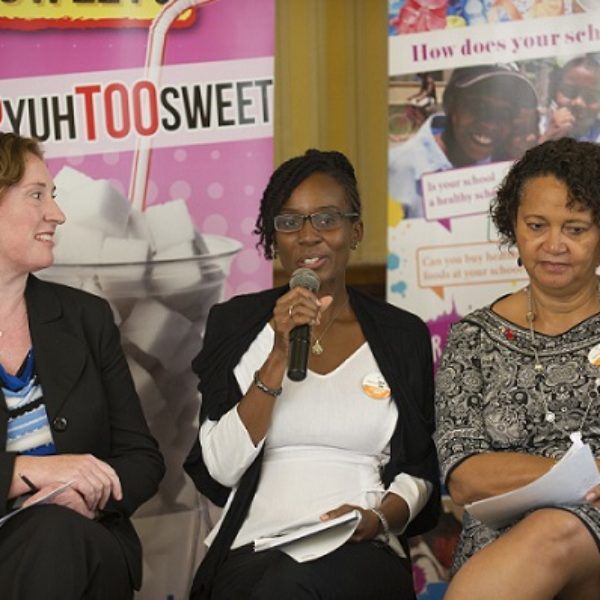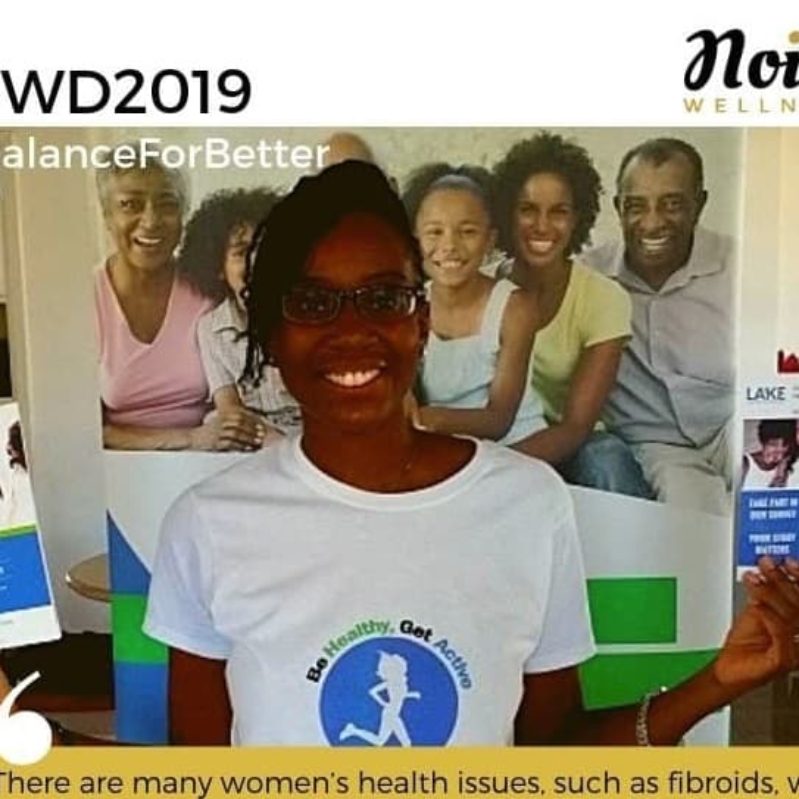The Body Mass Index (BMI) is a method used throughout the world to determine whether a person is at a healthy weight for their height. It is calculated by dividing a person’s weight by the square of their height giving a value that is expressed in kg/m2. It tends to be used as a measure of a person’s total body fat.
People are assigned to one of four BMI categories (shown below) which helps to identify whether they are overweight or obese.
- Underweight – less than 18.5
- Normal weight – 18.5 to 24.9
- Overweight – 25 to 30
- Obese – 30 and over
It has been a useful, easy method of exploring weight and body fat, but its limitations are well known. Criticisms of it include:
- It doesn’t take into account factors such as age, sex and ethnicity
- It doesn’t look at the type of fat a person has
- It doesn’t differentiate between excess fat, muscle mass or bone mass
This means that the BMI may overestimate the amount of body fat athletes and body builders possess and underestimate harmful body fat in people who have a normal BMI.
Children and BMI
When looking at children, a different scale is used that takes into account the fact that children are constantly growing, and that boys and girls develop differently, so the BMI scale for children takes into account age and sex.
Researchers in the UK have found that the scale for children doesn’t accurately reflect the obesity levels in black and Asian children living in the UK. This is a problem as we can’t accurately identify children who will be at higher risk of health conditions such as diabetes and heart disease later in life.
Research into Children, BMI and Ethnicity
Researchers in St Georges and University College London, funded by the British Heart Foundation started work in this area a few years ago and published their work in March 2017.
Having identified that BMI may not be providing accurate measurements for ethnic minority children they sought to develop a method to adjust BMI values based on ethnicity.
In order to create the BMI adjustments they had to go back to basics and look at the actual body fat measurements of children. They identified 1,728 children aged 4 to 12 years old. They then explored the relationship between BMI and body fat in each ethnic group (White European, Black African and South Asian). Using this data they were able to calculate the BMI adjustment needed for each ethnic group.
From their work they were able to confirm that BMI underestimated body fat levels in South Asians and overestimated body fat levels in Black Africans.
Based on their findings the research team developed a BMI calculator for children with an adjustment for ethnicity. Parents, teachers and healthcare professionals can use this simple tool to obtain accurate BMI readings for black and Asian children.
The research team followed up this work with research that they published in November 2017. This was a larger piece of work to explore the extent of the problem of using BMI in assessing the body fat of children.
They used data from the National Institute of Health Research’s National Child Measurement Programme. Every year this programme assesses the weight of children in the UK who are aged 4-5 years old and 10-11, and attend a state-funded primary school.
The research team applied their new BMI adjustment to the weight measurements for children weighed between 2012 and 2013. This included 583,899 children aged 4-5 years old and 485,362 children aged 10-11. Their findings are summarised in the tables below.
Percentage of boys who were overweight or obese
| Ethnicity |
% Overweight and Obese |
|||
| Without Ethnicity Adjustment | With Ethnicity Adjustment | |||
| 4-5 years old | 10-11 years old | 4-5 years old | 10-11 years old | |
| Black African | 31% | 42% | 11% | 32% |
| South Asian | 19% | 42% | 39% | 52% |
| White European | 23% | 33% | – | – |
Percentage of girls who were overweight or obese
|
Ethnicity |
% Overweight and Obese |
|||
|
Without Ethnicity Adjustment |
With Ethnicity Adjustment |
|||
| 4-5 years old | 10-11 years old | 4-5 years old | 10-11 years old | |
| Black African | 29% | 45% | 12% | 35% |
| South Asian | 19% | 34% | 35% | 44% |
| White European | 21% | 30% | – | – |
Their results showed that the BMI overestimated the percentage of black children who were overweight or obese by 10-20% (depending on age and sex) so a significant number of black children are being misclassified in the government’s national weight assessment programme.
They concluded that BMI does not accurately reflect body fat in ethnic minorities and by using adjustments a more accurate measurement of the body fat can be determined.
Our Thoughts
This body of work highlighted the gaps that exist in medical research and the problem of using one ethnic group as a standard for health. This work clearly shows the need to explore ethnicity and health, it demonstrates that by not taking race and ethnicity into account key differences are being masked and we therefore don’t have a true picture of the health of our community.
Sources
- Body mass index adjustments to increase the validity of body fatness assessment in UK Black African and South Asian children (22nd March 2017)
- Patterns of childhood body mass index (BMI), overweight and obesity in South Asian and black participants in the English National child measurement programme: Effect of applying BMI adjustments standardizing for ethnic differences in BMI-body fatness associations (2nd November 2017)
- New BMI readings for children of different ethnicities (March 2017)
- BMI Adjust (March 2017)
- Body Mass Index Considerations for Practitioners
- Body Mass Index Advantages and Disadvantages (July 2017)
- BMI failing to reflect childhood obesity levels in ethnic minorities (Nov 2017)
- Children from ethnic minorities may have been wrongly labelled obese, according to new research (Nov 2017)












